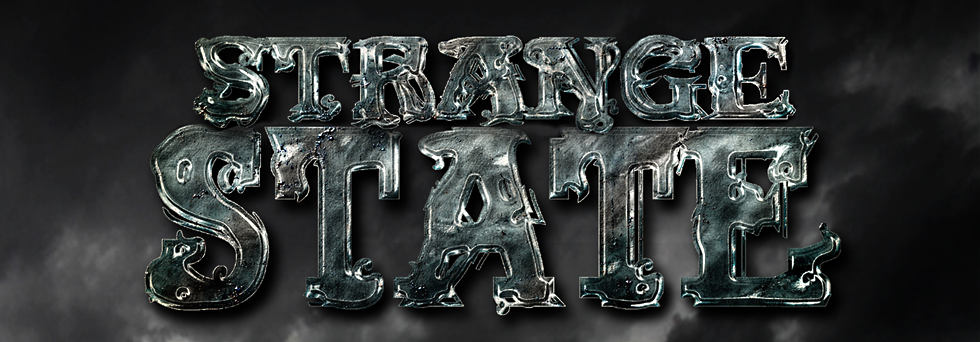In 1904 Frederic Belasco, opened the original Los Angeles Belasco, a 1200-seat theatre at 337 S. Main street. In 1926, a new Belasco Theater was opened and the old venue was renamed The Follies, a burlesque club. While still a legitimate theater, the building played host to pianist Paderewski and famed songstress Mme. Schumann-Heinck. Early Hollywood legends such as W. C. Fields, Lewis Stone, Marjorie Rambeau, Hobart Bosworth and others made live appearances on stage. In the 1930's, The Follies was remodeled by architect S. Charles Lee and remained a popular attraction for decades. By the mid-1960s, its age and neglect were apparent when journalist and author Susy Smith visited the establishment to investigate haunted claims.
 Some of the stories Smith picked up during her investigation include an encounter employee Benny Roberson had one night at the Follies.
Some of the stories Smith picked up during her investigation include an encounter employee Benny Roberson had one night at the Follies. It was 4 am when Roberson spotted a young woman in a yellow sweater and brown skirt. At first he thought she had come in to apply for a job, but it seemed awfully late for that. He asked her if he could help her with anything, but she simply turned and left without saying a word. Benny followed her but she vanished. He searched all over the theater, but there was simply no sign of the young woman.
That was Roberson's first encounter, but in time, he came to learn more about the theaters haunted nature. The girl in question is thought to be the spirit of a stripper who hanged herself in the basement.
The ropes that move the sets and curtains were known to sway of their own volition. A vase once burst into pieces while Benny and a stripper named Barbara deVere were conversing in the dressing room. They both knew it was the ghostly stripper girl who had done it.
deVere's husband laughed this off, confessing to Smith that it was he who had invented the ghost. He related to the journalist how once, when his dancers had been complaining about the cramped dressing room, he had invented the tale as reason why he wouldn't open a boarded up space at the far end. In truth, he simply didn't want to mess with it.
From there, a story began to form as imaginations ran wild through the theater. It didn't help that a small room off the catwalks high above the stage had once been the workspace for a scene painter. This man had wallpapered the small space with pictures of various scantily-clad burlesque girls. Not unusual, right? Well, this man (whose name nobody could recall) had a particular preference for which girls made his infamous wall: the dead ones. Only those girls who had been killed or committed suicide made the cut. Memento mori? Was this macabre tableau a reminder to himself or the girls that life if fleeting, precious? Let us hope.
 Confessions of confabulation aside, maintenance man Johnnie Lattimore told Smith of his encounters, which he swore truly occurred. He claimed to have seen the ghost at least 5 times. However, he has no tales of brown skirts and smart yellow sweaters. Lattimore tells of a redhead in a white negligee running backstage toward the stairs that snake up to the dressing rooms above. The first time or two, Lattimore chased after her. Each time, however, she seemed to vanish somewhere along the spiral steps before even reaching the top.
Confessions of confabulation aside, maintenance man Johnnie Lattimore told Smith of his encounters, which he swore truly occurred. He claimed to have seen the ghost at least 5 times. However, he has no tales of brown skirts and smart yellow sweaters. Lattimore tells of a redhead in a white negligee running backstage toward the stairs that snake up to the dressing rooms above. The first time or two, Lattimore chased after her. Each time, however, she seemed to vanish somewhere along the spiral steps before even reaching the top. However, one wonders if his description isn't based upon Betty Rowland, who at one time was a very famous dancer. She came out to California in the mid-1930's following Burlesque's criminalization in New York City. Not long after arriving, she and a few other New York gals began to work at the Follies. She stayed on for 15 years, earning the appellative "Ball of Fire".
Sadly, like so much history in this country, the Follies Theatre was demolished in May 1974. Today, the site is occupied by a large office complex. I wonder if workers, clacking away at their PC's ever catch fleeting glimpses of a young woman in a yellow sweater - or a white negligee.


No comments:
Post a Comment